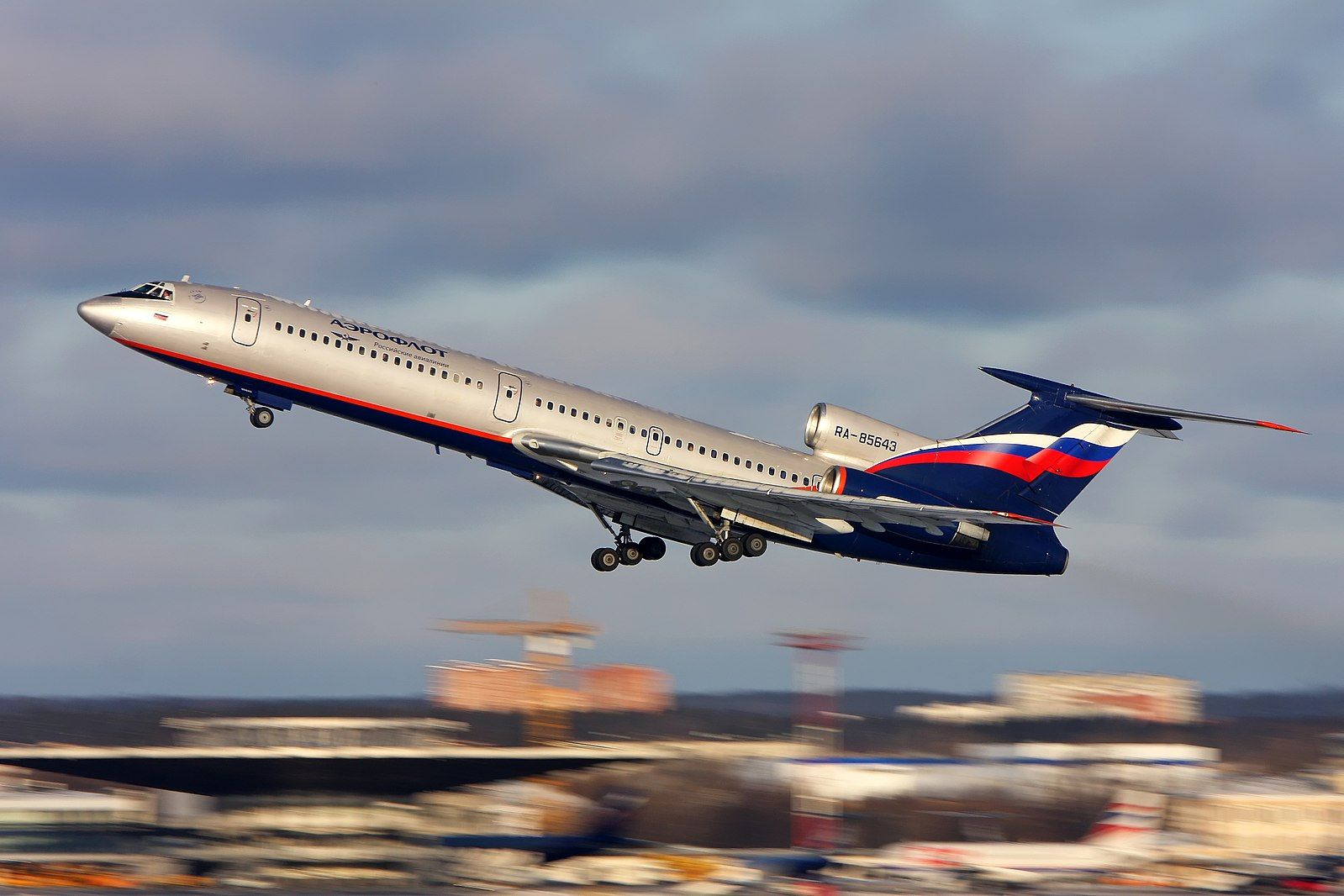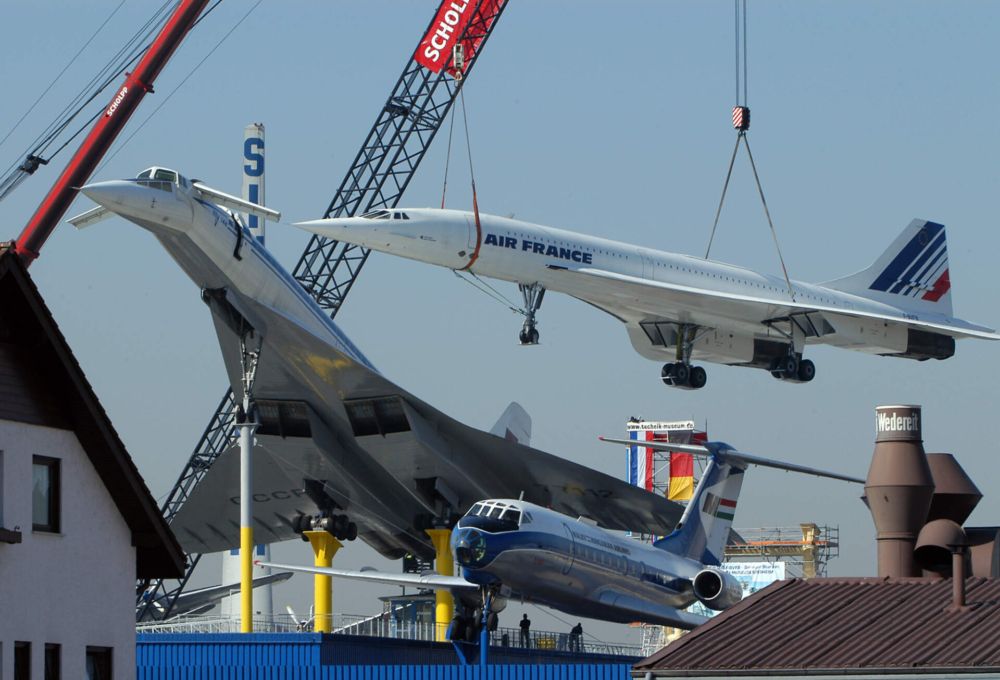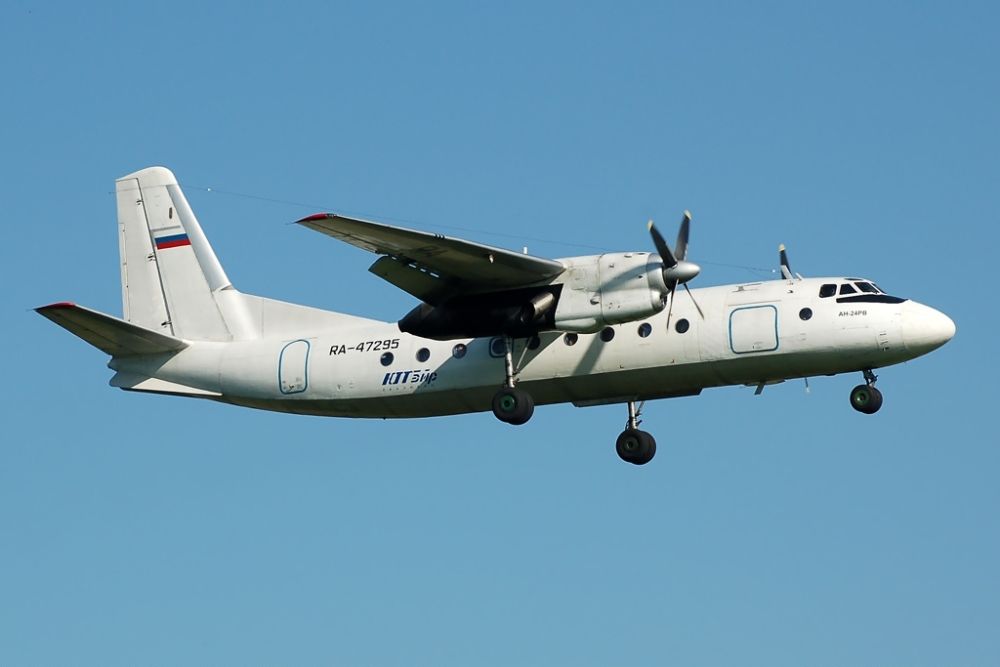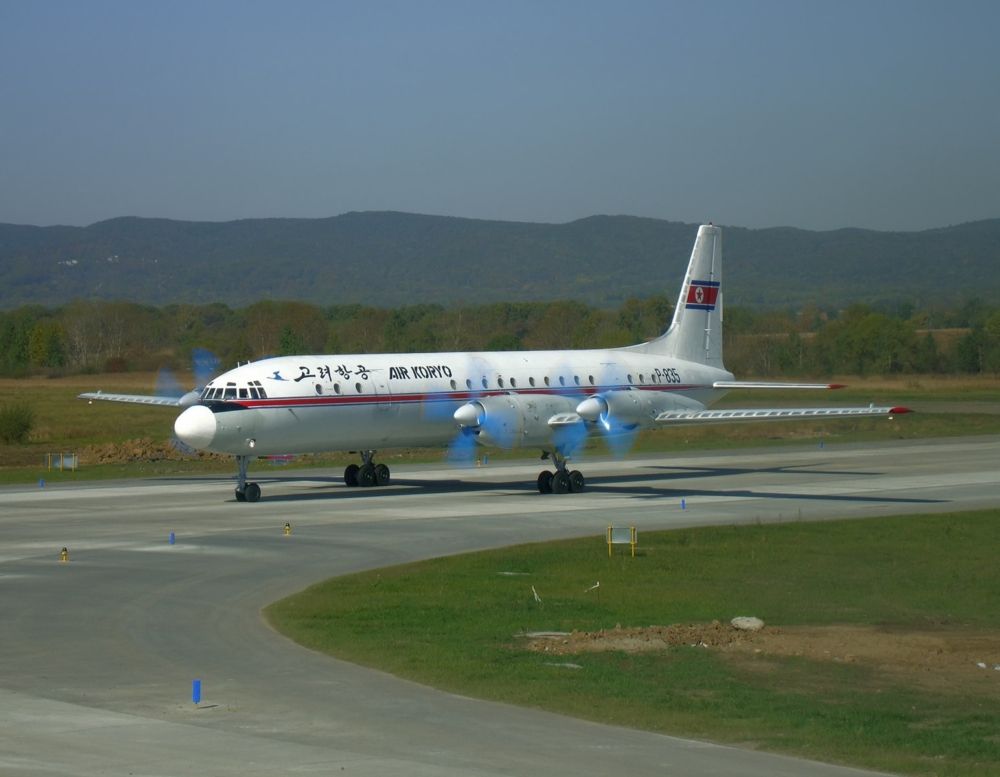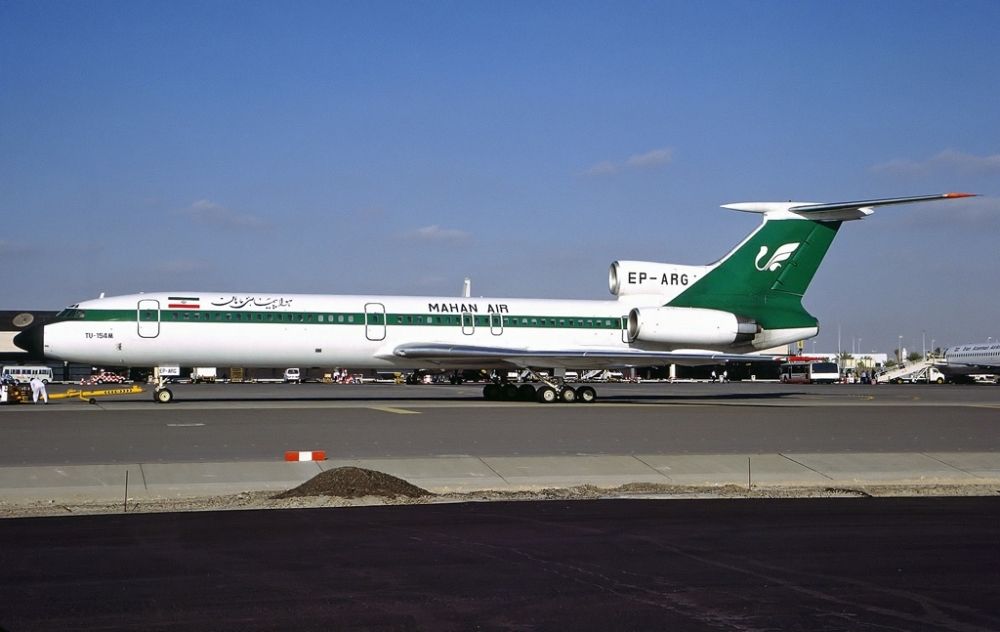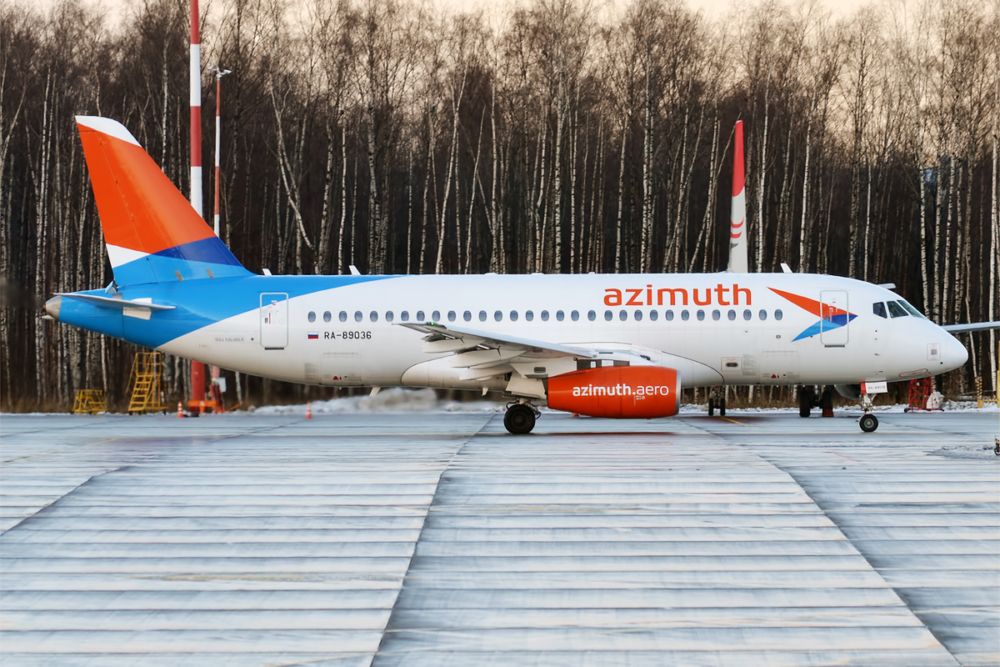Russia's aviation industry is in the midst of a renaissance. The new narrowbody MC-21 is set to be certified before the end of 2021, and the last few years have sparked domestic production of both engines and composite materials. Russia and the CIS countries will reportedly need over 1,500 new planes between now and 2040. How many of those slots the MC-21 will fill is unclear, but let's take a look at some of the more successful products of Russian and Soviet plane manufacturing.
Recognizable names
Most people can name a Russian aircraft that did not do so well. The Tupolev Tu-144 may have been the world's first supersonic airliner. However, it only ever flew a handful of passenger flights. Plagued by two crashes - including a very high-profile disaster at the 1973 Paris Air Show, the project, which was perhaps about ten years before what the Soviet aviation industry was really ready for, came to a premature end.
Many can also name several of the airplane makers from Soviet times, such as the aforementioned Tupolev, but also Yakovlev, Ilyushin, and Antonov. However, only those with a keen interest in aviation will be able to name Soviet aircraft models with the same ease as one throws about an A320 or a Boeing 777. But Russia, both in the form of its predecessor, the USSR, and today's Russian Federation, has had quite a few successful aircraft throughout the years.
Antonov
While actually Ukrainian, it would be amiss to talk about the Russian - and therefore Soviet - aviation industry without mentioning Antonov. Several of the manufacturer's models have sold in over 1,000 copies. The four-engined turboprop An-12 first flew in December 1957, intended as a military version of the An-10. However, it also became popular with airlines, driving the number of sales up to 1,248 before it went out of production in 1973.
However, the upcoming An-24 beat the An-12 with about 100 units. The 44-seat dual-engined turboprop also came to be utilized both by military and civil operators. Several of these aircraft are still in operation, flying regional routes with operators such as Volga-Dnepr Airlines. So is the An-26, which sold even more with 1,403 units.
Ilyushin
Ilyushin is the manufacturer of the Russian presidential aircraft. It has the form of a highly modified Il-96, designated as an Il-96-300PU. Ilyushin began mass production of the quadjet airliner in 1992 - one year after the fall of the Soviet Union, and it entered service with flag carrier Aeroflot. However, the planemaker has only constructed 30 thus far, and the only airline to still operate them is Cubana.
Ilyushin did much better with the Il-18. The second attempt at the popular turboprop powered by four engines took its first flight in July 1957. More than just transforming the Soviet civil aviation scene, the plane became a success on the international market. Or, at least in parts thus politically inclined.
The Il-18 served with airlines such as Aeroflot, Interflug, and Rossiya, but also LOT Polish Airlines, Cubana, Romanian flag-carrier TAROM, and Vietnam Airlines. Ilyushin built at least 678 units of the plane, and a handful is still in active operations - one reportedly with the state-owned national airline of North Korea - Air Koryo.
The manufacturer had greater success with the Il-14, a piston-engined design of which it produced 1,348, both for military and civilian purposes. Meanwhile, its best-selling jet-engined aircraft has been the Il-62. Ilyushin produced 292 of the type between 1963 and 1995.
Tupolev
Circling back to Tupolev, it may not have had much luck with its supersonic endeavor. However, it did manage to sell over 1,000 units of its Tu-154 - 1,026 to be precise. The three-engined narrowbody jetliner took its first flight in October 1968 and entered service with Aeroflot three and a half years later. It remained in production until 2013 and is still in operation with the People's Liberation Army Air Force, as well as Koryo Air.
However, during its heydays, the aircraft was in service with close to 120 civil operators. These included S7, Ural Airlines, and Baikal Airlines, but also CZA Czech Airlines, EgyptAir, Azerbaijan Airlines, Mahan Air, and Aeronica. Meanwhile, the twin-engined Tu-204 that went into production in 1990 has only sold in 89 copies.
Yakovlev
Yakovlev produced its own trijet, which took flight two years ahead of Tupolev's - the Yak-40. Although, this was much smaller than the Tu-154 and designated for regional operations. It also entered service with Aeroflot in 1968. The manufacturer made 1,012 units of the aircraft. It was also the first Soviet aircraft to receive an airworthiness certification in western countries.
UAC and the Superjet
When it comes to civilian passenger aircraft today, production in Russia has been grouped together under the umbrella of Rostec and the United Aircraft Corporation. However, most companies have retained their names from the Soviet era. Sukhoi, which previously has focused on military aircraft, was chosen for the new regional aircraft, the Superjet 100.
The jet took its first flight in May 2008. It has thus far sold over 350 units, with 58 new orders coming in at this year's MAKS Air Show. However, it remains rare outside of Russia. One of the only foreign operators, Mexico's struggling Interjet, quickly fell out of love with the plane due to its expensive maintenance. Russia is hoping to rectify this issue by building a new version, the SSJ NEW, which will consist of 95% of domestically-built parts.
How many of these aircraft types have you traveled on? Did you ever fly in the USSR? Leave a comment in the section below and share your story with the community and us.

